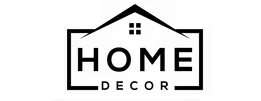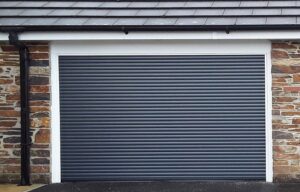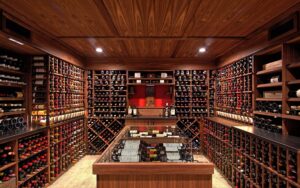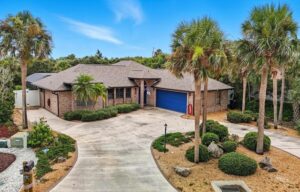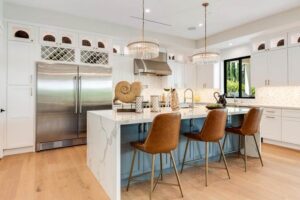How to Effectively Use Partition Walls?
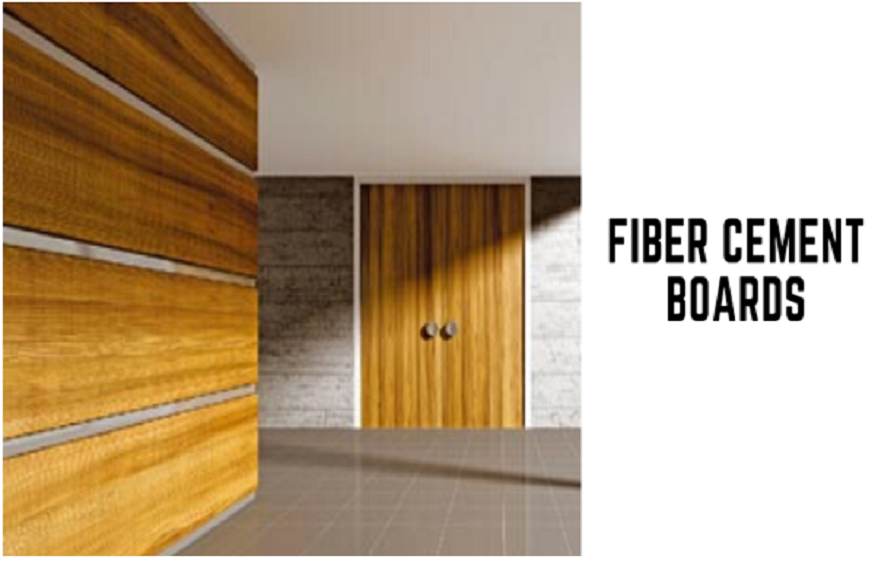
When a room or a part in a room is divided into parts by a wall or section made of bricks, glass, or other material is known as a partition. These partition walls can be built as load-bearing walls or non-load-bearing walls. Such partition walls can be built in different colours, shapes, and sizes based on the requirement of the client and building.
Conditions for partition wall for a building
- So that it can provide sufficient privacy in rooms such as sound and vision.
- It should be simple and should not be highly expensive.
- It should be tolerant to fire, heat, water, or any type of fungus.
- It should be strong enough to support any fittings.
- Firm enough to support any kind of load. Fibre cement boards should be used for making partition walls because of their efficiency and fast building process.
- Thin in cross shear so that most of the floor area can be utilized.
How to build a partition wall
- Partition assembly wall survey.
- Arrangement of the wooden partition.
- Labelling of plates.
- Estimating the studs.
- Trimming studs and assembling the pieces.
- Inclining the partition and inspecting the partition for plumb.
- Safeguarding the partition and zigzag blocking.
Advantages of a partition wall
- It can separate a room into multiple parts.
- They are low in cost and easy to build.
- They capture less space.
- Built with light, homogenous, and soundproofing material.
Different types of partition walls
- Brick partition walls: – Brick is a clean raw material that does not affect the environment. Bricks are baked at such a high temperature so that organic materials are removed. These are of three types- Plain brick partition walls, Reinforced partition walls, and Brick-nogging partition walls. Bricks are organic and soak up the humidity better than other materials.
- Clay brick partition: – Such partition walls are made from clay or terra-cotta. Hollow Clay partition walls are usually used for light partitions. They are flame resistant and are great insulators for heat and sound.
- Glass partition walls: – Glass partition walls are usually known for personalizing the look of the space. They are considerably easy to install and thus decrease the installation cost, and these partition walls can be made such that they can be folded and gives space for the room. These are also used for making the look of the products good.
- Concrete partition walls: – Concrete walls comprise concreted slabs supported laterally among vertical members. These partitions are firm and stable.
- Plaster slab partition wall: – These partition walls are created with burnt gypsum or POP (plaster of Paris) mixed with sawdust to lower their weight.
- Metal lath partition wall: – This partition plate is fireproof, strong, and light in weight. The insulating material is stuffed into empty spaces.
- A.C sheet or G.I sheet partition wall: – These partition walls are built from a steel frame. These walls are mostly used in temporary spaces. These are rigid.
- Wood-Wool Partition wall: – When wooden fibres and cement or plaster are bound together with a rough surface are known as wood-wool partition walls. Century Ply provides one of the best companies to buy plywood. This company is one of the topmost choices of architects and interior designers. Its vision is to provide quality products according to the requirements of the customer. Fibre cement boards are well known in the construction industry. Cement boards are established through corrosion-resistant screws.
- Timber partitions: – These partition walls contain a wooden framework that is either endorsed on the floor or by sidewalls.
Conclusion
When the room is divided into multiple parts by a wall or division is known as a partition wall. Partition walls should be of high quality and rigid so that they can contain the load and can support extra fittings. These should be light resistant and soundproof for the privacy between the rooms and should be thin so that maximum floor area can be used. These are used for decreasing heat transfer and can be built in many different types of shapes and colours. For the best results always use fibre cement boards by CenturyPly.
